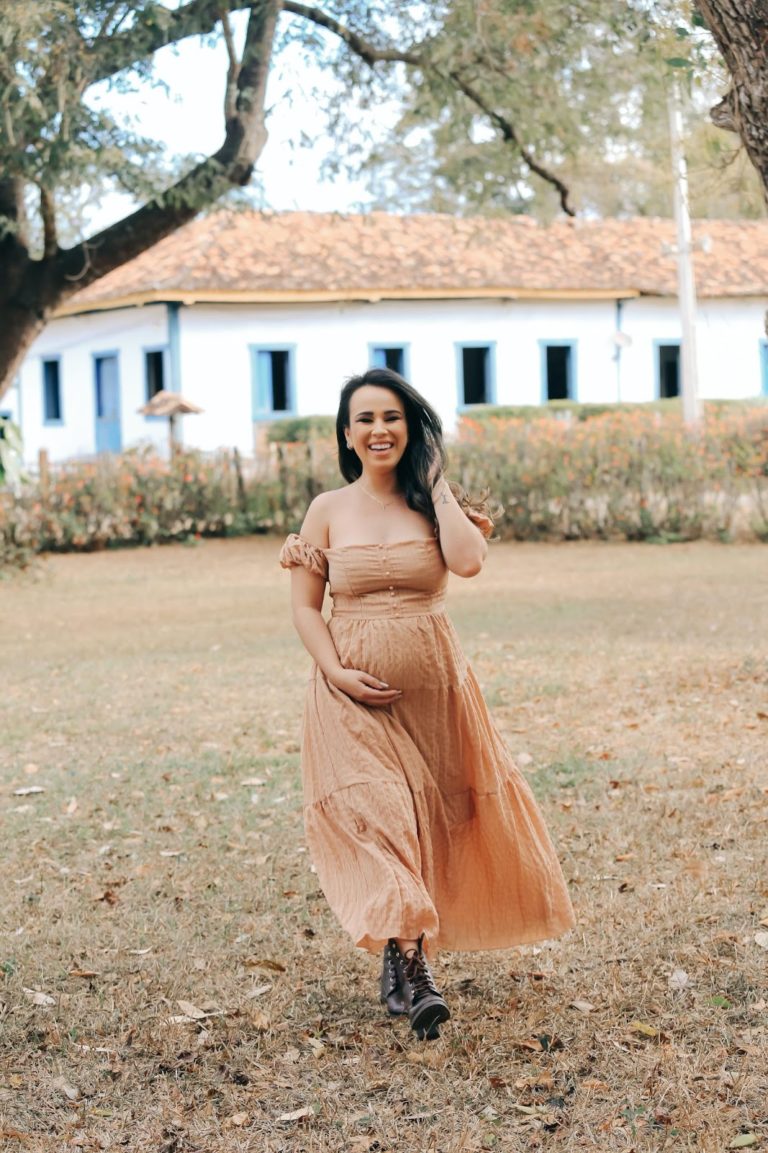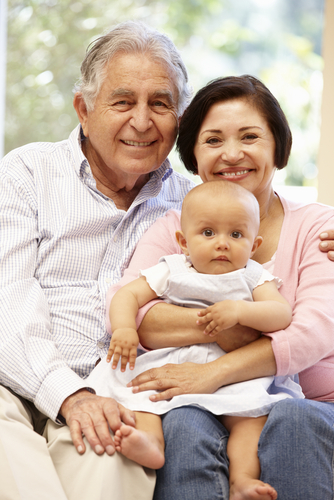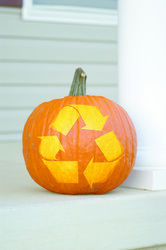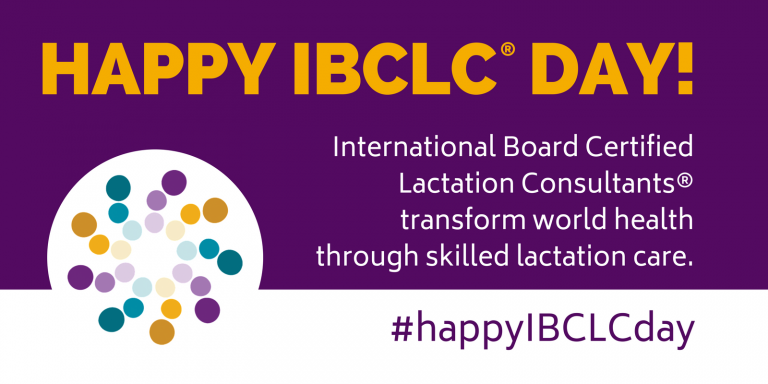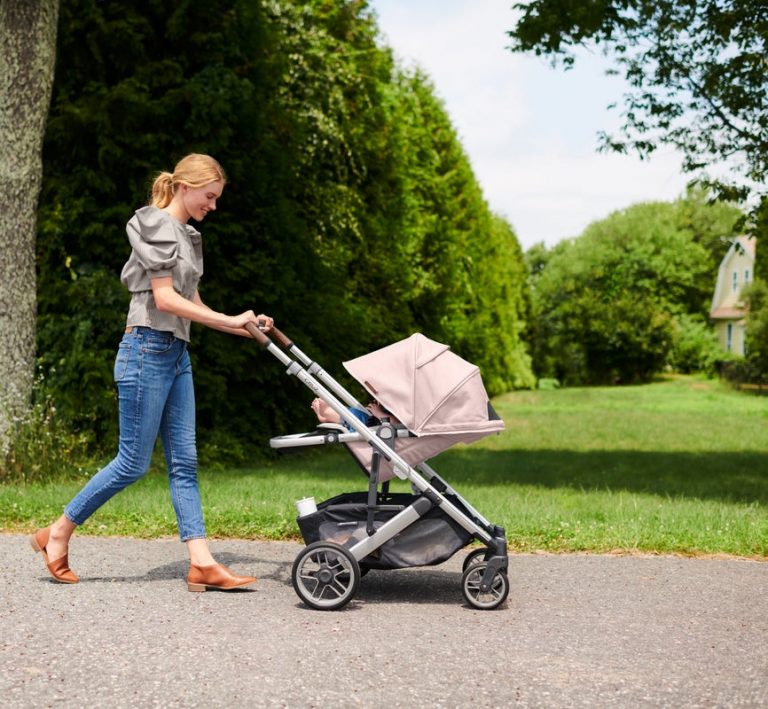How to Introduce Solid Foods to Your Baby: The Best First Foods, Tips & More
8 minute read
Making airplane sounds as you give your baby their first bite of rice cereal…
Seeing your little one’s eyes light up as they enjoy their first taste of applesauce…
Starting solids is an exciting milestone for you and your baby! But knowing when they’re ready and how to do it can be tricky.
You may feel anxious about this new stage in your baby’s life and wonder… Which foods should I give them? What will I need to get started? How will I know if they have an allergic reaction?
It can all feel a little confusing, stressful, and overwhelming at first. That’s why we want to give you all the information you need to confidently know when your baby is ready for solid foods.
Ready to learn some of the best ways to introduce solids to your little one? Let’s dive in!
When to Start Baby on Solid Foods
Giving your baby their first spoonful of solid foods is an exciting milestone! But when is the right time for your little one to venture beyond chest/breastmilk or formula?
The American Academy of Pediatrics recommends starting your baby on solid foods once they’re about six months old. But every baby is different! Some babies may be ready a bit earlier (as early as 4 months old) or they may need a little more time before expanding their palette.
How to Know When to Start Baby on Solids
During their first six months of life, babies get all their nutritional needs from chest/breast milk or formula alone. That’s because it takes time for your baby’s digestive system to be developmentally ready for solids.
They also need to gain more tongue coordination to move solid food from the front of their mouth to the back for swallowing. This can happen as early as 4 months but may take six to eight months depending on your little one’s development.
Signs Your Baby is Ready for Solid Foods
You may be eager to start your little one on solids… But the best way to know if your baby is ready to start trying out solid foods is to look for signs of eating readiness like:
- They can sit up alone or with support.
- They are able to control their head and neck.
- They open their mouth when food is offered.
- They swallow food rather than pushing it back out onto their chin or letting it dribble out of their mouth.
- Your baby can bring objects to the mouth.
- Your baby tries to grasp small objects, such as toys or food.
- They can transfer food from the front to the back of the tongue to swallow.
Babies that are ready for solids are often curious about what you’re eating — and may even try to grab that granola bar out of your hand!
Or they might seem hungrier than usual. You may find your little one waking up in the middle of the night wanting a snack, even when they’ve had their usual amount of milk throughout the day.
These signs are great cues that your baby may be open to solids.
But if your baby’s six month birthday comes and goes and your baby still doesn’t seem ready…that’s ok! Remember that your baby will develop at their own pace. Talk to your baby’s pediatrician if you have any questions or concerns about whether your baby is ready for solid foods.
Getting Ready to Feed Your Baby for the First Time
The safest way to feed your baby is in a high chair (the Nuna ZAAZ is a favorite of parents and babies alike!). But it may take a little practice for your little one to get used to sitting in their high chair — especially if sitting up is a new skill for them.
Take a look at these helpful high chair safety tips and test things out with your baby for a few days before you want to introduce them to solids. You can even place some of their favorite (or new!) toys on the tray in front of them to play with!
When you’re ready for mealtime, you may want a couple baby spoons handy. Opt for silicone, wood, or plastic spoons that will be softer on your little one’s gums. And a baby-friendly bowl or feeding set can also be helpful for prepping and serving your little one’s food. You’ll want to avoid glass or ceramic items that could break and possibly injure your baby.
Here are three of our favorite baby dinnerware sets that are perfect for babies and toddlers (plus they’re dishwasher-safe to simplify mealtime and make cleanup super easy!).
Bumkins Silicone First Feeding Set
Mushie’s dinner plates and matching bowls
And as you can imagine…mealtime may get a bit messy! You’ll want to put a bib on your baby to protect their cute outfit. And a splat mat may be just the thing to keep your floors and tables clean from mealtime spills and playtime messes.
Many parents also love using a silicone mat (like this one from Busy Baby) to make clean-up a breeze!
It’s also a good idea to have a soft burp cloth on hand to clean up your baby’s chin, face, and hands once they’re done.
How to Feed Your Baby
When it comes to feeding your baby for the first time…start slow! Let your baby try one single-ingredient food at a time at first. Start with half a spoonful (or even less!) and talk to your baby through the process.
It can help to make “mmmm” sounds or let your baby imitate you by pretending to taste the food on the spoon and telling your baby how delicious it is!
But don’t be surprised if your little one makes a confused face as they try new foods… After months of yummy, warm, milk…new foods can be a bit of an adjustment!
During the first few feedings, it may seem like most of your little one’s food doesn’t even make it into their mouth. Be patient and give your baby plenty of time to get used to the new tastes, textures, and smells of the new foods.
You can gradually increase the amount of food you give your baby as they get more comfortable!
You may also have to experiment to find the “perfect” time of day to feed your baby. This may be before a nursing session or when your milk supply is lower in the afternoon or early evening.
What to Do if Your Baby Rejects Food
Babies may reject a new food several times (or more!) before they decide to like it. If they aren’t interested in a certain food at first…that’s ok!
You can try another food the next day and try reintroducing the “rejected” food after a few days or weeks…whenever you feel like your baby is more comfortable!
You can also experiment with different varieties of the same food. Try out mashing up a sweet potato instead of serving a chunk. Or warming up your baby’s steamed carrots instead of serving them cold straight out of the fridge.
Knowing When Your Baby is Full
It may be time to wrap up mealtime when your baby turns their head away, stops opening their mouth when you offer them food, or they start getting fussy.
Even if their time in the high chair only lasted a few minutes…it’s ok to wrap up a feeding session and move on with your day when they’re ready.
It will take time for your baby to understand the concept of eating and sitting at the dinner table. But as you continue to practice, your baby will gradually show more interest in food and even start looking forward to mealtimes!
Baby-Led Weaning vs. Purees
When it comes to starting solids, you may wonder if you should use the traditional method of offering your baby purees or go with baby-led weaning (BLW). With baby-led weaning, you offer safe table foods right from the start instead of spoon-feeding or using purees,
The thing is…there’s no one right way to go about it! You may favor one method over the other or even do a combination of the two!
Give yourself time to talk to other parents, learn about both methods — like at our Let’s Eat! Introducing Solids Class! — and to experiment with your baby to find what works best for you both.
Best First Foods to Give Your Baby
Many parents like starting out with a simple solid food like single-grain infant rice cereal mixed with chest/breast milk. Cereals are usually fortified with iron which is an important nutrient that your baby needs around this time.
But you can also start out introducing single-ingredient fruits and vegetables to your little one. Most babies love the classics like pears, applesauce, bananas, sweet potatoes, carrots, and peas!
Give your baby 3-5 days between new foods to allow their body to process the new food. This also gives you time to look for allergic reactions — you may see a rash, diarrhea, vomiting, swelling, or difficulty breathing.
As your baby gets used to new foods, you can introduce a wider variety of foods — like yogurt, hummus, meats, and nut butters! You can also try mixing foods together into fun combinations and start to introduce more finger foods that have different textures.
It’s also ok to start giving your baby small sips of water from an open cup or cup with a straw. Babies don’t need to drink water until after their first birthday, but these are important skills that take time to learn! Start off slow and give your little one plenty of time to practice.
How to Prepare Foods for Your Baby
Whether you’re using purees or solid foods (BLW), your baby may have an easier time eating foods that are soft, easily chewed, or mashed at first. If your baby seems sensitive to new textures, try pureeing or straining their food to make it super soft and silky smooth.
A good rule of thumb to follow: all the foods you offer your baby should be soft enough to easily mash with a fork. Avoid raw or hard fruits and vegetables — like apples and carrots. These usually need to be cooked so they can be easily gummed or swallowed by your little one.
You’ll also want to avoid hard, round, or large pieces of food that could be a choking hazard. Here are some precautions to help ensure that your baby doesn’t choke:
- Remove seeds and hard pits from fruit, and then cut the fruit into small pieces.
- Cut cylindrical foods like hot dogs, sausage and string cheese into short thin strips instead of round pieces that could get stuck in the airway.
- Cut small spherical foods like grapes, cherries, berries and tomatoes into small pieces.
- Cook and finely grind or mash whole-grain kernels of wheat, barley, rice, and other grains.
- Remove all fat, skin, and bones from poultry, meat, and fish, before cooking.
Always air on the side of caution and don’t give your baby any food that you think may be a potential choking hazard.
How to Start Baby on Solids While Breastfeeding
When you are ready to start introducing solids to your baby, it can be helpful to think of solid foods as a “bonus” food. For the first few months, the bulk of their calories and nutrients will still be coming from chest/breast milk or formula.
Introducing solids is more about getting your baby used to chewing and swallowing food than providing any significant nutritional benefit.
But as your baby grows and starts eating more solids, you’ll gradually notice your baby drinking less milk and you may be able to start dropping a feeding or two. Keep an eye on your baby’s hunger cues to determine how much to feed them.
Foods to Avoid Giving Your Baby
While it’s a good idea to introduce foods that could potentially cause food allergies later in life (like cow’s milk products, strawberries, eggs, fish, shellfish, tree nuts, peanuts, wheat, soy, and sesame)…
There are some foods that you’ll want to wait to give your little one until after their first birthday. These include:
- Honey
- Cow’s milk (although cow’s milk products like yogurt and cheese are ok!)
- Fruit juice
- Salted or sugary foods
- Unpasteurized foods
- Smoked and cured meats
- High-mercury fish
Avoiding these foods will ensure that your baby is eating a healthy diet that will set them up for success later in life! If you have any questions about what you should or shouldn’t be feeding your baby, it’s a good idea to talk to your child’s pediatrician.
Need Help Introducing Solids to Your Baby?
Want help tackling the mess (and fun!) of infant feeding…without all the stress, confusion, or worrying what foods to feed your baby? We’ve got you covered!
Check out our Let’s Eat! The Basics of Starting Solids Class taught by Lauren F. Leipper, MA OTR/L, an occupational therapist, feeding specialist, and local experienced mama.

